Latest NRAO News
News is managed by NRAO News & Public Information. Questions about News? Have a story to share? Want to interview a scientist or create new media about our telescopes?
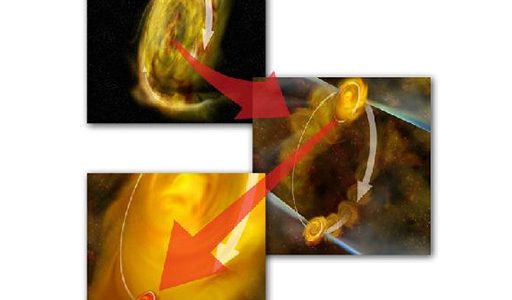
Astronomers have used the National Science Foundation’s Very Large Array radio telescope to image a young, multiple-star system with unprecedented detail, yielding important clues about how such systems are formed.
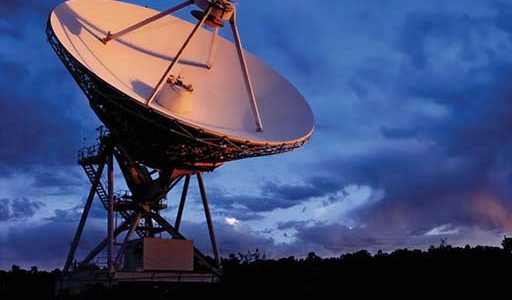
The National Science Foundation’s Astronomy Senior Review Committee report, released today, made major recommendations for restructuring the NSF’s ground-based astronomy efforts, including significant changes for the National Radio Astronomy Observatory.
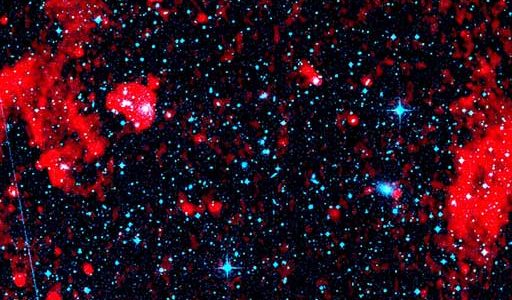
Astronomers using the National Science Foundation’s Very Large Array radio telescope have discovered giant, ring-like structures around a cluster of galaxies.
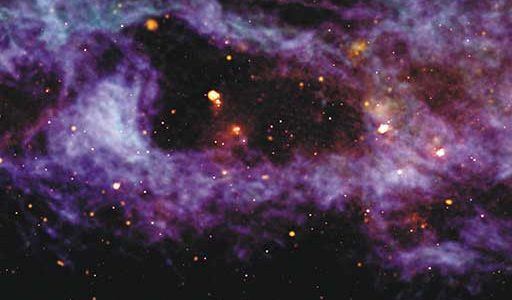
A striking image of an enormous bubble blown into the dusty gas disk of our own Milky Way galaxy has won first place in the National Radio Astronomy Observatory’s second annual Radio Astronomy Image Contest.
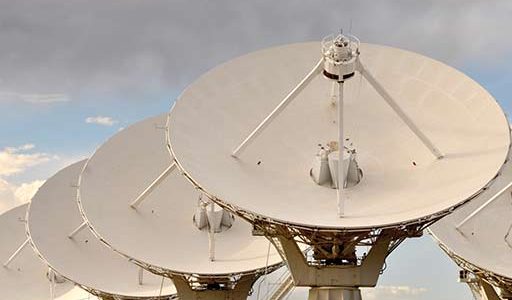
A cosmic explosion seen last February may have been the tip of an iceberg” showing that powerful, distant gamma ray bursts are outnumbered ten-to-one by less-energetic cousins, according to an international team of astronomers.
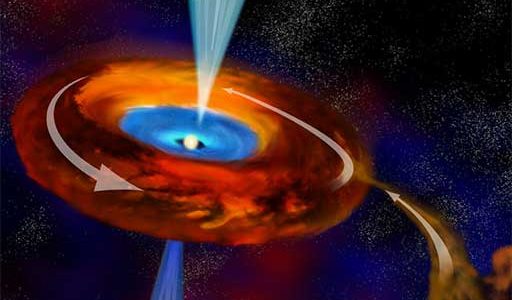
Astronomers using the National Science Foundation’s Very Large Array (VLA) radio telescope have discovered key evidence that may help them figure out how very massive stars can form.





